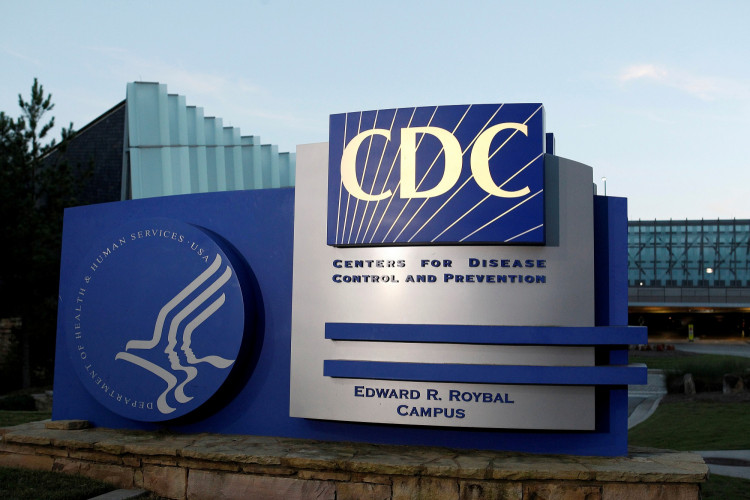The Centers for Disease Control and Prevention (CDC) has dispatched a nine-member team to Colorado following a significant surge in human cases of the highly pathogenic avian influenza (H5N1). Over the weekend, four new human cases were identified, bringing the total number of confirmed cases in the state to nine, with an additional case pending confirmation. This marks a doubling of the number of human bird flu cases in the United States, which previously stood at five.
The new cases involve farm workers from a poultry facility in Northern Colorado, where an outbreak of the H5N1 virus has been reported. These individuals were engaged in depopulating poultry at the infected site. Despite the rise in cases, the CDC assures that the risk to the general public remains low. "Given current information, the risk to the public from this outbreak remains low," the CDC stated.
CDC officials emphasized the importance of protective measures when handling infected animals. The recent cases underscore the risks associated with exposure to infected poultry and other animals. The CDC's interim recommendations for preventing, monitoring, and investigating A(H5N1) virus infections in people are crucial in reducing personal risk and containing the overall public health threat.
The state of Colorado requested CDC assistance to manage the ongoing investigation and response. All individuals who tested positive experienced mild symptoms. They were involved in the depopulation process at the affected poultry facility, where the H5N1 virus, circulating among wild birds, has caused multi-state outbreaks in dairy cows and poultry.
Nirav Shah, the principal deputy director of the CDC, highlighted the challenging conditions faced by the farm workers. During the depopulation efforts, temperatures soared to 104 degrees Fahrenheit (40 degrees Celsius), and strong industrial fans further complicated the use of personal protective equipment (PPE). "PPE use was not optimal, particularly the masks and eye protection," Shah noted. These conditions likely contributed to the infections, as workers struggled to maintain protective gear in the extreme heat.
Eric Deeble, an official with the U.S. Department of Agriculture (USDA), added that the infected chicken farm is located in a county where cows have also tested positive for bird flu. Since March, more than 150 dairy herds across 13 states have been infected with the virus, according to the USDA.
Despite these challenges, the CDC has not recommended vaccinating livestock workers against bird flu. Initial analyses of the virus have not shown any concerning mutations that would make it easier for the virus to spread among humans. "Initial analysis of the virus does not show concerning changes to the virus making it easier to spread among people," Shah confirmed.
The recent cases in Colorado follow a series of infections earlier this year, where farm workers in Michigan, Texas, and Colorado contracted avian flu from infected dairy cows. The CDC has advised the public to avoid unprotected exposure to animal waste, bedding, unpasteurized milk, or materials in close proximity to birds or other animals suspected or confirmed to have the A(H5N1) virus.
The CDC's response includes updating worker protection guidelines and PPE recommendations to better safeguard individuals involved in livestock handling and depopulation activities. These measures are central to mitigating personal risk and addressing the broader public health threat posed by the avian influenza outbreak.






